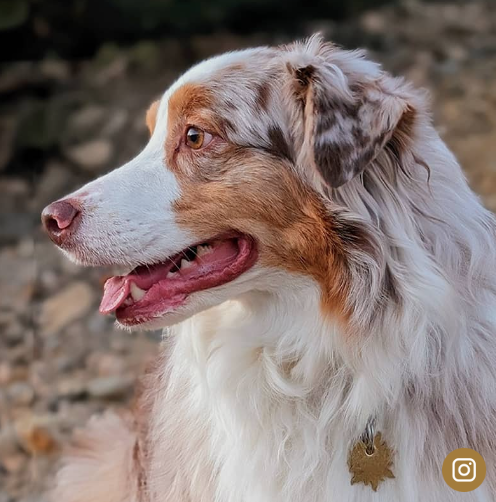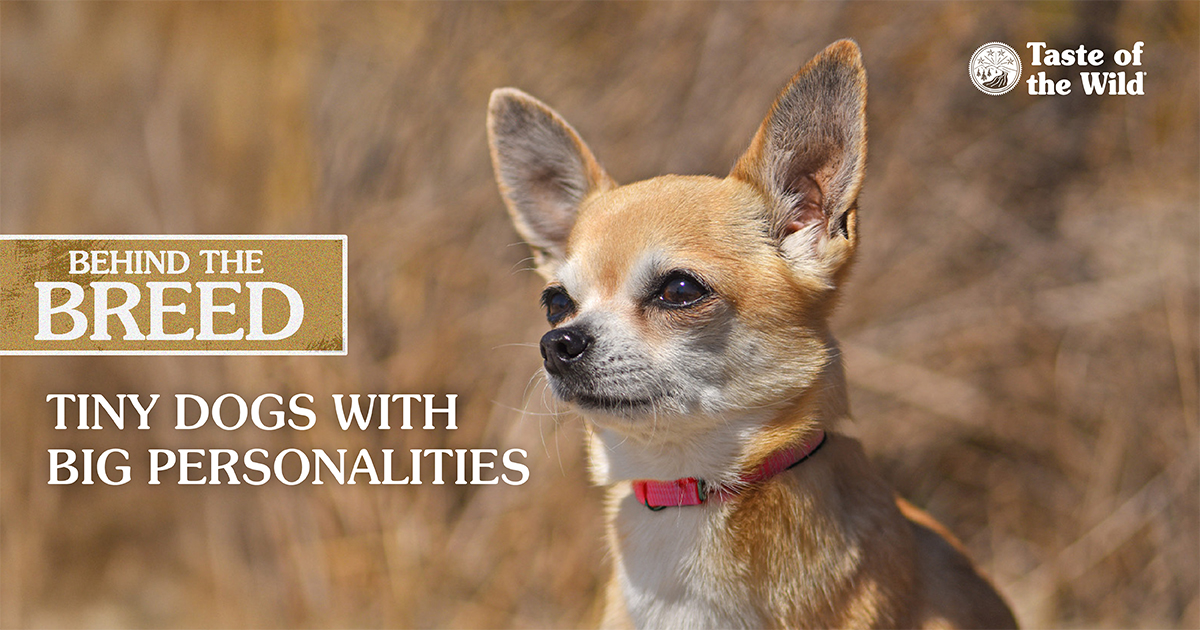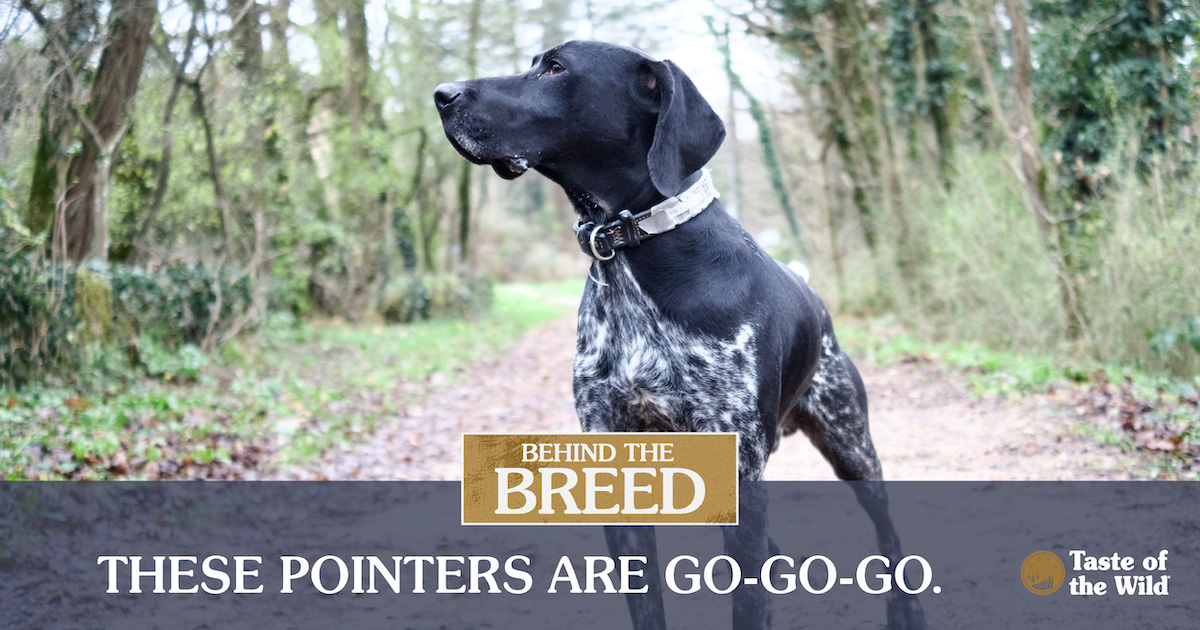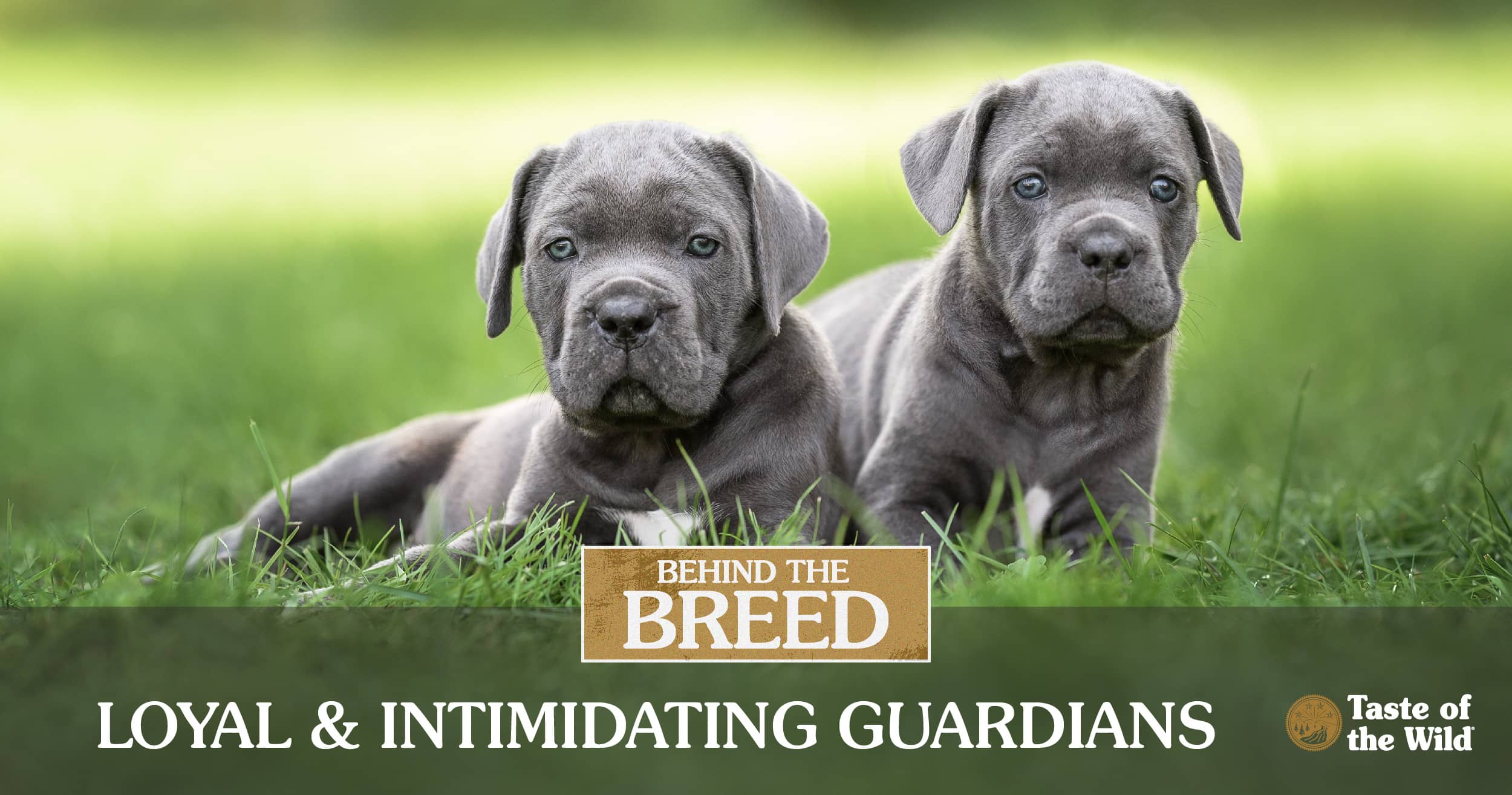Behind the Breed: Cavalier King Charles Spaniel
Friday, May 23, 2025 | Behind the Breed
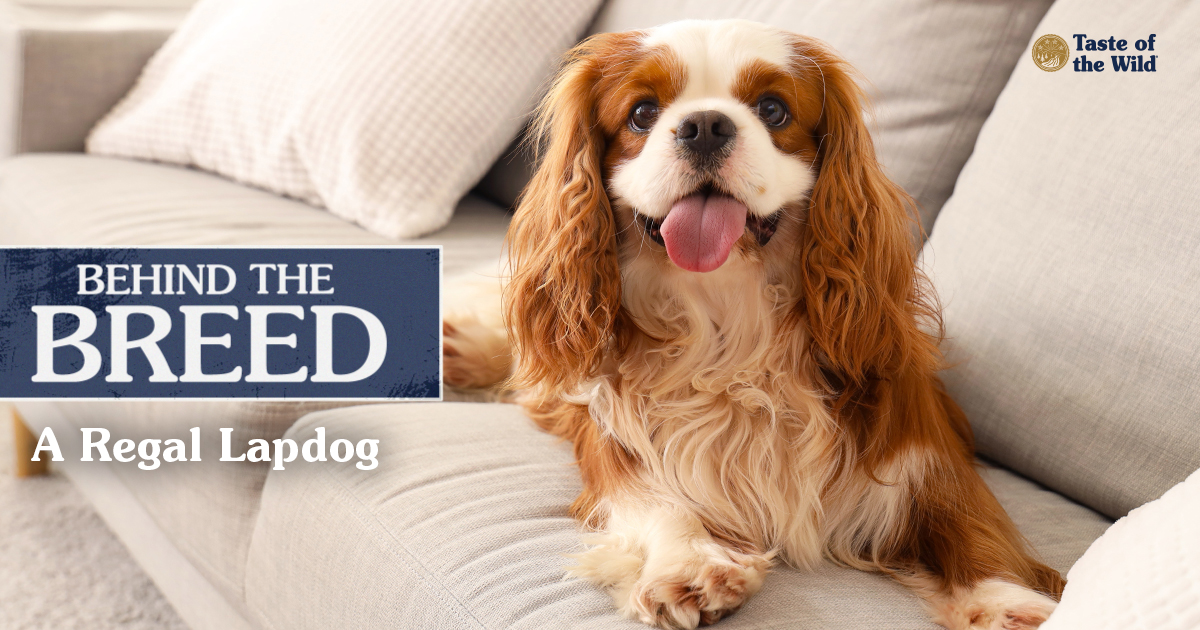
Have you ever wondered about the origins of a dog breed? In our “Behind the Breed” series we’ll dive into the history, personality and physical appearance of a particular breed. We’ll also cover some of the FAQs about the breed and maybe some fun facts, too!
If you’re searching for a loving and affectionate canine companion, we may have just the pup for you! The Cavalier King Charles spaniel is a gentle and intelligent toy breed that can be a perfect match for first-time dog owners and families. Similar to other spaniel breeds like the cocker spaniel and the Boykin spaniel, these lovable little dogs are playful, active and great with kids and other animals.
Cavalier King Charles Spaniel History
Also referred to as Cavaliers, this friendly little breed can trace its roots back to British royalty in the 17th century. King Charles I and his son Charles II adored these little lap dogs and were rarely ever seen without them. The king and his son were often spotted taking them to Parliament, according to the Cavalier King Charles Spaniel Club. Supporters for King Charles I were known as “Cavaliers” — thus the Cavalier King Charles name was born.
King Charles Spaniel vs. Cavalier King Charles Spaniel
You may not be aware, but there are a few subtle differences between a King Charles spaniel and a Cavalier King Charles spaniel. For starters, the King Charles spaniel, also known as the English toy spaniel, is a smaller breed that’s often known for its shorter nose and overall smaller stature compared to the Cavalier. King Charles spaniels also tend to be more of a calm, indoor breed, while Cavaliers are more energetic and can be found engaging in outdoor activities and even sports.
Cavalier King Charles Temperament
The Cavalier breed is famous for its friendly and loyal temperament. They have a very gentle nature and are known for being tolerant and patient with other pets and young children — making them a perfect fit for families and first-time dog owners. While they were initially bred to be lapdogs, Cavaliers are descendants of sporting dogs and enjoy moderate exercise, outdoor activities and canine sports. They adore human interaction and can do just as well with active owners as with less active homebodies looking for a quiet companion.
Are Cavalier King Charles Spaniels Smart?
Yes! Nearly all Cavaliers are eager to please and relatively easy to train when compared to other breeds. They tend to excel at obedience training and their gentle temperament makes it easy for them to socialize with other dogs.
Cavalier King Charles Spaniel Size
Often considered a toy dog or toy breed, Cavalier King Charles spaniels have always been bred as a smaller breed. According to the American Kennel Club, Cavaliers typically grow to 12–13 inches in height and weigh 12–18 pounds as an adult. Their natural floppy ears, compact body and affinity for snuggles make them an ideal lap dog.
Cavalier King Charles Spaniel Health Issues
Given their smaller stature, Cavaliers can be prone to several different medical conditions that owners will want to keep an eye out for through routine physical exams. One of the most common issues Cavaliers face are various eye conditions such as dry eyes, retinal problems and cataracts. When left untreated, any of these conditions can lead to partial or total blindness. Other more serious health conditions that Cavaliers are prone to include:
- Patellar luxation: Also known as sliding kneecaps, patellar luxation often occurs in the first 18 months of life and can be diagnosed before the dog even begins to show symptoms.
- Hip dysplasia: A common health condition where the thigh bone does not fit properly into the hip bone.
- Mitral valve heart disease: One of the leading causes of death in Cavalier King Charles spaniels, mitral valve disease is caused by the deterioration of the heart’s mitral valve, which can lead to congestive heart failure.
- Syringomyelia: Also known as “neck scratcher’s disease,” this progressive neurological disease causes fluid to build up around the spinal canal, leading to pain, weakness in the legs and seizures.
Cavalier King Charles Lifespan
The Cavalier King Charles spaniel can live a long and healthy life, with the average lifespan lasting anywhere from 12 to 15 years. Responsible breeders and dog owners can help alleviate many of the breed’s typical health problems with regular physical exams. Annual checkups can also prevent smaller health concerns like middle ear infections, skin and coat issues and more.
Do Cavalier King Charles Shed?
Yes. Cavaliers typically carry a long, silky coat that sheds year-round. Regular brushing can help reduce shedding and ensure that their skin and coat remains vibrant and healthy. Regular grooming of the Cavalier’s ears and nail trimming can also make it easier for them to enjoy outdoor activities and regular exercise.
Are Cavalier King Charles Spaniels Good Family Dogs?
Absolutely! As mentioned above, these toy spaniels could be excellent companion dogs for families with young children. Whether you live in a home with a fenced yard or in a smaller apartment in the city, Cavaliers can live comfortably in nearly any space and are better than most breeds at adapting to the needs of their owner. So if you’re looking for a loyal little companion, a Cavalier King Charles spaniel may be the perfect fit for your home!
The information in this blog has been developed with our veterinarian and is designed to help educate pet parents. If you have questions or concerns about your pet’s health or nutrition, please talk with your veterinarian.
